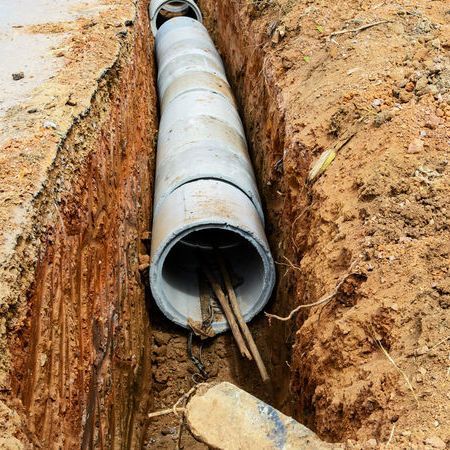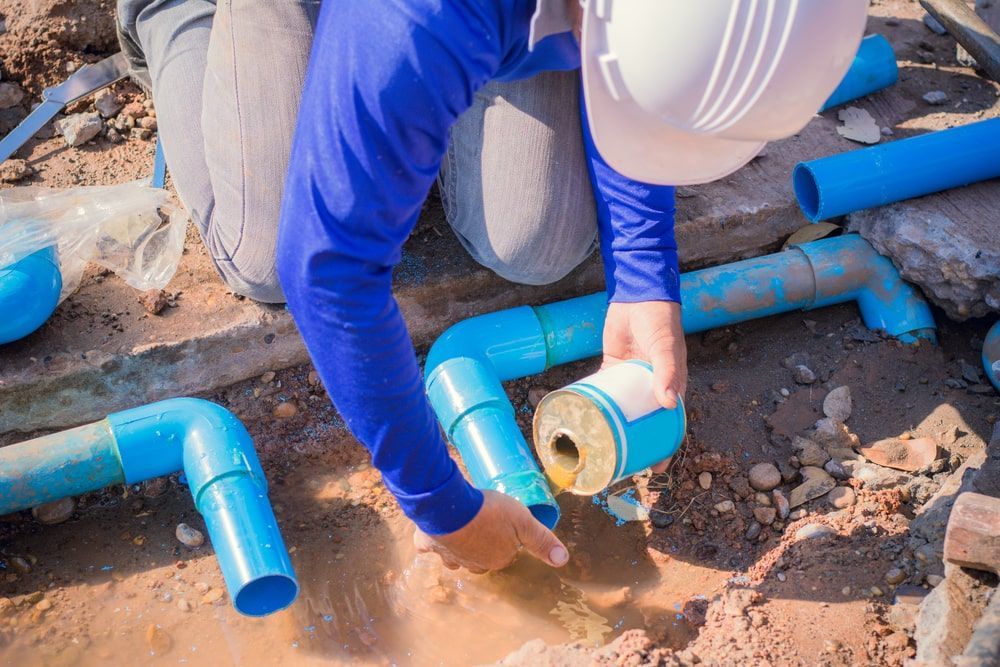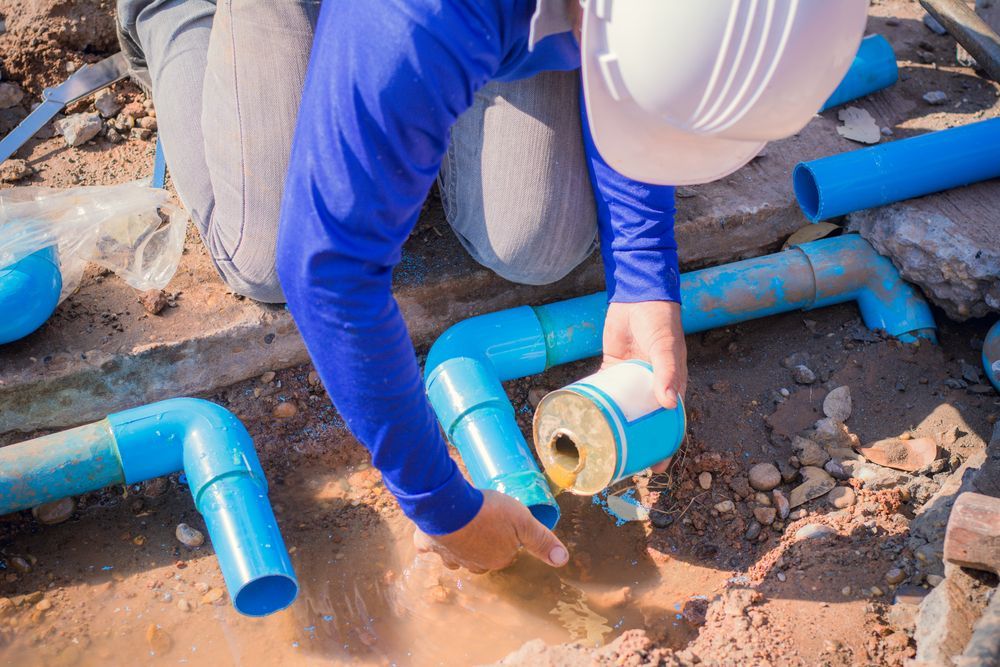15 Interesting Facts About Waterline Damage and Replacement You Should Know
Waterline damage can lead to severe issues, such as water wastage, high bills, and even structural damage to your property. Understanding the common causes of waterline damage and the modern methods of replacement is crucial for homeowners. In this guide, we explore 15 interesting facts about waterline damage and replacement, helping you make informed decisions and prevent future problems.
1. Tree Roots Are a Major Cause of Waterline Damage
Tree roots naturally seek out water sources and can penetrate small cracks in pipes, causing them to expand and burst over time. This is one of the most common reasons for underground waterline damage, especially in older systems where pipes are vulnerable.
2. Corroded Pipes Can Go Unnoticed for Years
Corrosion is a slow and silent killer of water pipes. Over time, metal pipes, especially those made from galvanized steel or cast iron, can corrode, leading to leaks or total pipe failure. Homeowners often don’t notice this damage until a waterline replacement becomes inevitable.
3. Trenchless Replacement Keeps Your Yard Intact
Modern trenchless technology allows waterline replacement without digging up your entire yard. Instead of traditional excavation, small entry and exit points are used, saving your landscaping and minimizing disruption.
4. Waterline Damage Can Lead to Foundation Issues
A leaking or broken waterline can cause water to seep into the ground around your home, leading to soil erosion and potential foundation damage. Early detection and repair can save you from costly foundation repairs in the future.
5. Increased Water Bills Are Often a Sign of Damage
If you notice an unexplained increase in your water bill, it could be due to a hidden leak in your waterline. Many homeowners are unaware of leaks until they start paying more, so it’s essential to monitor your bills and check for signs of damage regularly.
6. Trenchless Waterline Replacement Is Faster
One of the best features of trenchless technology is its speed. Traditional waterline replacement can take days or even weeks, but trenchless methods can complete the process in as little as one day, reducing inconvenience and labor costs.
7. Old Pipes Can Be Replaced Without Removal
In trenchless waterline replacement, a method called pipe bursting can be used to break the old pipe and replace it with a new one simultaneously. This eliminates the need for removing the damaged pipe, making the process faster and more cost-effective.
8. Preventive Maintenance Can Extend Pipe Lifespan
Regular maintenance checks by a plumbing professional can help extend the lifespan of your waterlines. Simple inspections can catch minor issues before they develop into major damage, saving you from the hassle of emergency replacements.
9. Freezing Temperatures Can Ruin Waterlines
In areas with cold climates, freezing temperatures can cause water inside pipes to expand, leading to cracks or bursts. Proper insulation of waterlines, especially in vulnerable areas like basements and outdoor spaces, can prevent this damage.
10. Pipe Material Matters for Longevity
The material used for your waterline plays a significant role in its longevity. Modern materials like PEX and HDPE pipes are resistant to corrosion and can last for decades, while older materials like copper and cast iron may require more frequent replacements due to corrosion or degradation.
11. Leaks Are Often Hard to Detect
Many waterline leaks occur underground, making them difficult to detect. Advanced methods like video inspection and electronic leak detection are used by professionals to pinpoint leaks without unnecessary excavation.
12. Water Pressure Can Drop Due to Line Damage
A sudden drop in water pressure could indicate a damaged waterline. Whether caused by corrosion, blockages, or cracks, damaged pipes restrict water flow, reducing pressure at your faucets.
13. Trenchless Methods Reduce Environmental Impact
Unlike traditional pipe replacement, which requires significant excavation, trenchless methods are eco-friendly. They use less energy and material, preserving the surrounding environment and reducing the carbon footprint of the replacement process.
14. Water Contamination Can Result from Damaged Pipes
A damaged waterline can allow contaminants like dirt, chemicals, or bacteria to enter your water supply. This poses a serious health risk, making timely repair or replacement essential to ensuring clean, safe drinking water.
15. Insurance Might Cover Waterline Replacement
Depending on the cause of damage, some homeowner insurance policies may cover the cost of waterline repair or replacement. Always check with your insurance provider to see if you have coverage for such situations, especially if the damage was due to external forces or sudden events.
Why Pipe Material Matters
The type of material used in your waterlines significantly impacts the lifespan, durability, and risk of damage. Materials like PEX and HDPE are favored for their flexibility, resistance to freezing, and longevity. Older materials like galvanized steel and cast iron are prone to corrosion and leaks, leading to frequent repairs or replacements.
FAQs
What is the Best Material for Water Main Pipes?
PEX and HDPE are often considered the best materials for water main pipes due to their durability, flexibility, and resistance to corrosion. They can last up to 50 years or more and are suitable for both hot and cold water systems.
What is the Best Pipe for a Water Main?
For modern homes, PEX and HDPE pipes are highly recommended for water mains. These materials are cost-effective, long-lasting, and resistant to environmental factors that can damage other types of pipes.
Which Pipe Is Best for Water Supply?
PEX pipes are widely regarded as the best choice for residential water supply due to their flexibility, resistance to scaling and corrosion, and ease of installation.
What Is the Best Material for Drinking Water Pipes?
Copper has traditionally been the best material for drinking water pipes due to its anti-bacterial properties and durability. However, PEX is also becoming a popular option for its cost-efficiency and longevity.
Conclusion
Waterline damage is a serious issue that can lead to costly repairs, water wastage, and potential property damage. By understanding the causes of waterline damage, the best materials for waterlines, and modern replacement methods, you can make informed decisions that protect your home and save money. Trenchless technology and regular maintenance checks are essential for ensuring that your waterlines remain in top condition for years to come. You can reach out to All City Plumbers for efficient waterline replacement services.
Also Read


CONTACT INFORMATION
Office:
855-266-7682
Email:
service@AllCityPlumbers.com
Address: 6694 Oak Ridge Commerce Way, Austell, GA 30168
Business Hours:
Mon - Sun 24 Hours
OUR SERVICES
© 2022 All Rights Reserved|All City Plumbers Privacy Policy | Terms & Conditions | Sitemap


